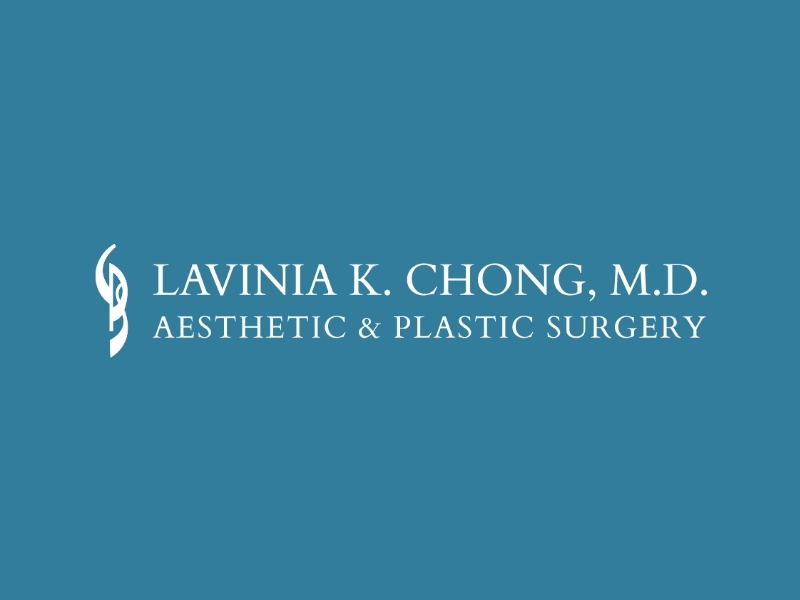As we speak, there are three Botulinum toxins are produced and marketed for the treatment of wrinkles in the U.S.A. I acquired my first experience with Onobotulinum toxin (Allergan) in 1997, when an employee asked if the practice was going to offer “Botox”. The minimally invasive procedures were in their infancy and my understanding of botulinum toxin was limited to what I had learned in Microbiology. The Clostridium family has several species, relatives of which produce exotoxins, proteins, which are secreted outside of the cell and have far reaching effects. C. tetani & welchii are the causative agents for tetanus and gas gangrene. C. botulinum occurs in the wild as “spores”, which caused spoilage of canned foods or in unpasteurized honey. Ophthalmology consultants were the original innovators who made the leap of faith to treat children with strabismus (congenital weakness of extraocular muscles) to facilitate binocular vision.
Botox is a neuromuscular blocker, which prevents the normal action of the neurotransmitter, Acetylcholine on skeletal muscles. Commercial Botox is compounded with a “binding” agent, (albumin, lactose) which varies according to the manufacturer; when injected into the muscle, it causes a progressive blockade of the muscle, hence temporarily blocking the formation of the wrinkle or line. There is a definite dose:response curve, which is influenced by age, gender, depth of wrinkle, height of forehead, activity profile. The “art” of shaping a brow, softening scowl and crow’s feet lines is dependent on both patient anatomy, toxin characteristics and injector experience.
There are FDA approved, “on label” areas, such as the glabellar (inner brow) and crow’s feet lines. Nevertheless many experienced injectors have developed advanced approaches for treatment of horizontal brow, lip lines, nasal “bunny” lines, neck bands and facial shaping (masseters). Occasionally the addition of dermal fillers can prolong or enhance the effects. Protocols are being developed for other indications, to diminish acneic tendencies, hyperhidrosis, muscle tension headaches, etc. However for both cosmetic patient and practitioner, it’s important to realize that not all toxins are equivalent in potency, duration and efficacy. It’s generally accepted that Allergan and Merz toxin units are equal in potency, duration and efficacy. By contrast Dysport units are approximately 33% as powerful but the blockade may spread more smoothly and manifest sooner.
Contraindications for toxins include pregnancy, lactation (breast feeding) and/or patients who have been diagnosed with neurological conditions, such as GuillaumeBarre Syndrome, ALS (Lou Gehrig’s disease), myasthenia gravis etc. Side effects are generally mild and self limiting and can include headache, pain at the injection site, bruising, pinkness. The “black box” warning refers to “flu like” symptoms, which are generally short lived. I am frequently asked whether “immunity” can develop, after repeated use, however in almost 20 years, I have yet to see a true case of resistance. As patients age, the number of units or time between treatments tends to decrease and the effect certainly remains stable. No, I don’t agree with the cynics that Botox is a “gateway drug” In my experience, it’s served as an introductory procedure, which enables patients to get comfortable with the practice and possibly enquire about other procedures or surgeries.




